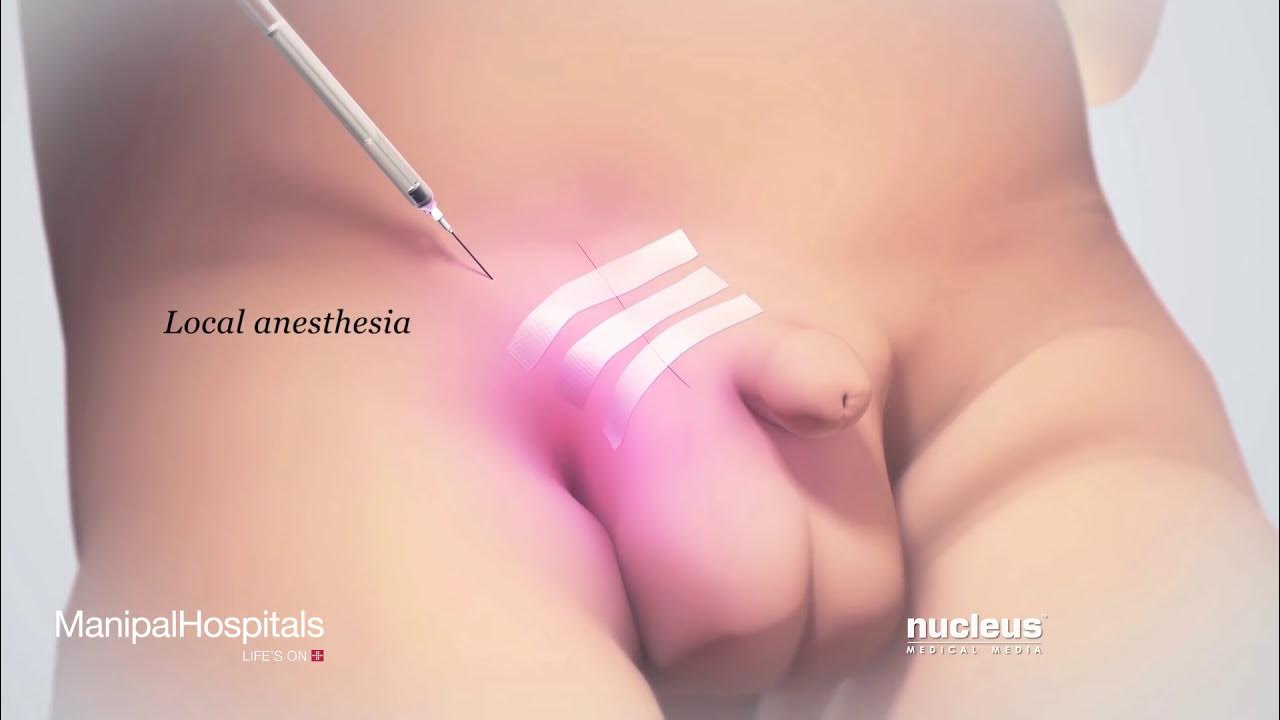
DiYES International School – Inguinal Hernia in Children is a condition where part of the intestine bulges through a weak spot in the abdominal wall. This hernia usually appears in the groin area. It is common in infants and young children, especially those born prematurely. Understanding the symptoms and treatment options can help parents manage this condition effectively. Early diagnosis and timely intervention are important to prevent complications.
An inguinal hernia occurs when tissue, often part of the intestine, pushes through a small opening in the abdominal muscles. This opening is located in the groin area, which is the region between the abdomen and the thigh. The condition is more common in boys than in girls. It can be present at birth or develop later in childhood. Inguinal hernias are generally painless but can cause discomfort or other issues if left untreated.
“Read about: Osteochondritis Dissecans: How This Joint Condition Affects Kids and Adolescents”
The most noticeable symptom of an inguinal hernia in children is a visible bulge in the groin area. This bulge may be more noticeable when the child is crying, coughing, or straining. In some cases, the bulge may disappear when the child is calm or lying down. In addition to the bulge, some children may experience mild pain or tenderness in the affected area. Although the condition is often painless, it can lead to more severe problems if not treated.
Other signs to watch for include vomiting, irritability, and difficulty feeding, particularly in infants. If the hernia becomes incarcerated or strangulated, it can cause serious health issues. In such cases, the blood supply to the trapped intestine may be cut off, leading to tissue death. This situation requires immediate medical attention.
The cause of inguinal hernia in children is often related to a weakness in the abdominal wall muscles. In some cases, the hernia is present at birth due to a defect in the development of the abdominal wall. In babies, the hernia may form if the opening in the abdominal wall, through which the testicles descend in boys or the round ligament in girls, does not close properly after birth. Premature infants are at higher risk of developing this condition due to underdeveloped muscles.
In older children, inguinal hernias may develop as a result of increased pressure on the abdominal wall. This can happen during activities that involve heavy lifting, straining, or prolonged coughing. However, this is less common in children compared to adults.
“Read more: Crohn’s Disease: Causes, Symptoms, and Treatment Options Explained”
A pediatrician can often diagnose an inguinal hernia through a physical examination. The doctor will check for a bulge or swelling in the groin area. In some cases, additional tests such as ultrasound may be used to confirm the diagnosis. The physician will also check for signs of complications, such as strangulation or incarceration, which require immediate treatment.
The primary treatment for inguinal hernia in children is surgery. The surgical procedure is called herniorrhaphy. During this surgery, the bulging tissue is pushed back into the abdominal cavity, and the opening in the abdominal wall is closed. Surgery is typically recommended as soon as the diagnosis is confirmed, especially in children who are experiencing pain or complications.
In some cases, the hernia may not cause immediate problems, and surgery may be delayed. However, even if the hernia is not causing discomfort, it is still important to address the issue to prevent future complications. Waiting too long for surgery can lead to the hernia becoming incarcerated or strangulated, which requires emergency surgery.
In rare cases, a hernia may resolve on its own, especially if it is very small. However, this is uncommon, and most children will need surgery to correct the condition. The recovery time after surgery is generally short, and most children can return to their regular activities within a few weeks.
While inguinal hernias cannot always be prevented, there are a few things that may reduce the risk. Maintaining a healthy weight and avoiding excessive strain on the abdomen can help. Parents should also monitor their child’s health and seek medical attention if they notice any signs of a hernia, such as a bulge or discomfort in the groin area.
After surgery, it is important to follow the doctor’s advice regarding post-operative care. This may include limiting physical activity and ensuring that the child does not strain or lift heavy objects. Regular follow-up visits with the doctor are also recommended to ensure proper healing.
Inguinal hernia in children is a manageable condition when diagnosed and treated early. While the condition may cause concern, prompt medical attention and surgery are typically effective in resolving the issue. Parents should be vigilant in monitoring for symptoms and seek medical help if needed. Early intervention can help prevent complications and ensure a full recovery for the child.